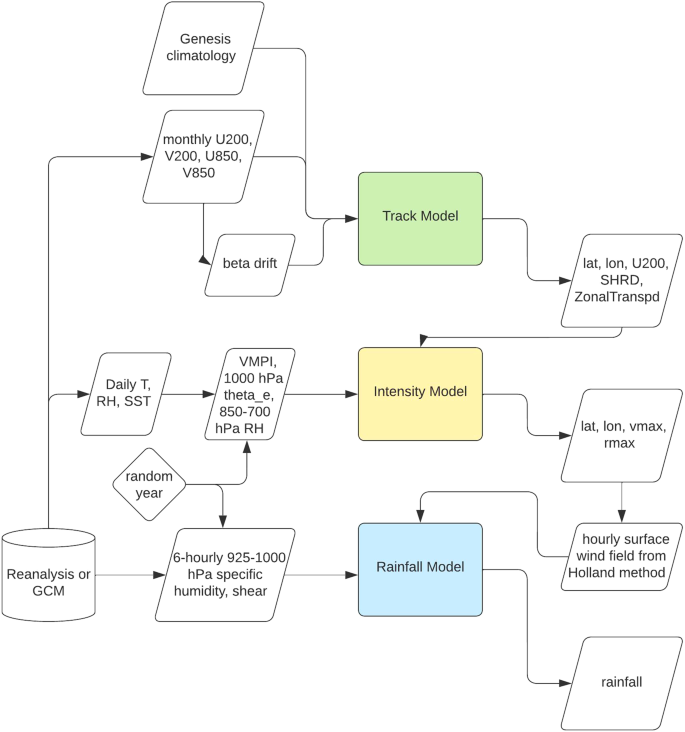2024-03-12 パシフィック・ノースウェスト国立研究所(PNNL)
<関連情報>
- https://www.pnnl.gov/publications/biomass-burning-gases-react-within-clouds-forming-secondary-organic-aerosols
- https://pubs.acs.org/doi/10.1021/acs.est.3c07762
バイオマス燃焼フェノール類の新しい水性粒子・雲化学プロセスと二次有機エアロゾル形成の可能性をモデリングする Modeling Novel Aqueous Particle and Cloud Chemistry Processes of Biomass Burning Phenols and Their Potential to Form Secondary Organic Aerosols
Jie Zhang, Manish Shrivastava, Lan Ma, Wenqing Jiang, Cort Anastasio, Qi Zhang, and Alla Zelenyuk
Environmental Science & Technology Published:February 12, 2024
DOI:https://doi.org/10.1021/acs.est.3c07762
Abstract

Phenols emitted from biomass burning contribute significantly to secondary organic aerosol (SOA) formation through the partitioning of semivolatile products formed from gas-phase chemistry and multiphase chemistry in aerosol liquid water and clouds. The aqueous-phase SOA (aqSOA) formed via hydroxyl radical (•OH), singlet molecular oxygen (1O2*), and triplet excited states of organic compounds (3C*), which oxidize dissolved phenols in the aqueous phase, might play a significant role in the evolution of organic aerosol (OA). However, a quantitative and predictive understanding of aqSOA has been challenging. Here, we develop a stand-alone box model to investigate the formation of SOA from gas-phase •OH chemistry and aqSOA formed by the dissolution of phenols followed by their aqueous-phase reactions with •OH, 1O2*, and 3C* in cloud droplets and aerosol liquid water. We investigate four phenolic compounds, i.e., phenol, guaiacol, syringol, and guaiacyl acetone (GA), which represent some of the key potential sources of aqSOA from biomass burning in clouds. For the same initial precursor organic gas that dissolves in aerosol/cloud liquid water and subsequently reacts with aqueous phase oxidants, we predict that the aqSOA formation potential (defined as aqSOA formed per unit dissolved organic gas concentration) of these phenols is higher than that of isoprene-epoxydiol (IEPOX), a well-known aqSOA precursor. Cloud droplets can dissolve a broader range of soluble phenols compared to aqueous aerosols, since the liquid water contents of aerosols are orders of magnitude smaller than cloud droplets. Our simulations suggest that highly soluble and reactive multifunctional phenols like GA would predominantly undergo cloud chemistry within cloud layers, while gas-phase chemistry is likely to be more important for less soluble phenols. But in the absence of clouds, the condensation of low-volatility products from gas-phase oxidation followed by their reversible partitioning to organic aerosols dominates SOA formation, while the SOA formed through aqueous aerosol chemistry increases with relative humidity (RH), approaching 40% of the sum of gas and aqueous aerosol chemistry at 95% RH for GA. Our model developments of biomass-burning phenols and their aqueous chemistry can be readily implemented in regional and global atmospheric chemistry models to investigate the aqueous aerosol and cloud chemistry of biomass-burning organic gases in the atmosphere.



